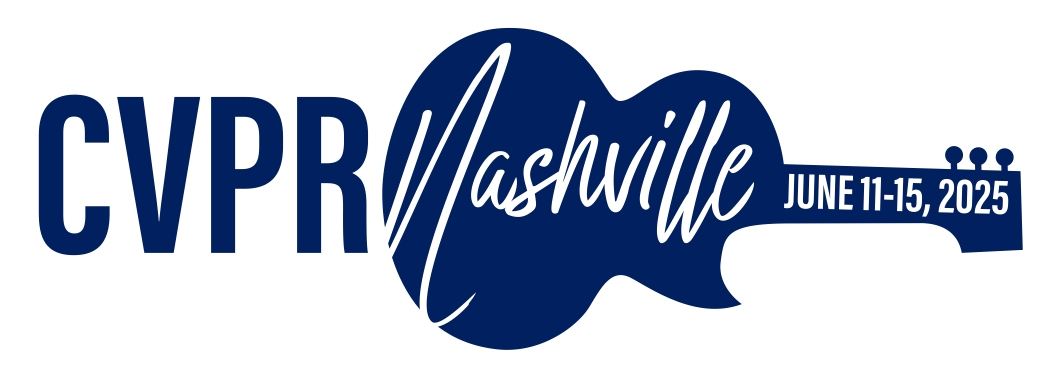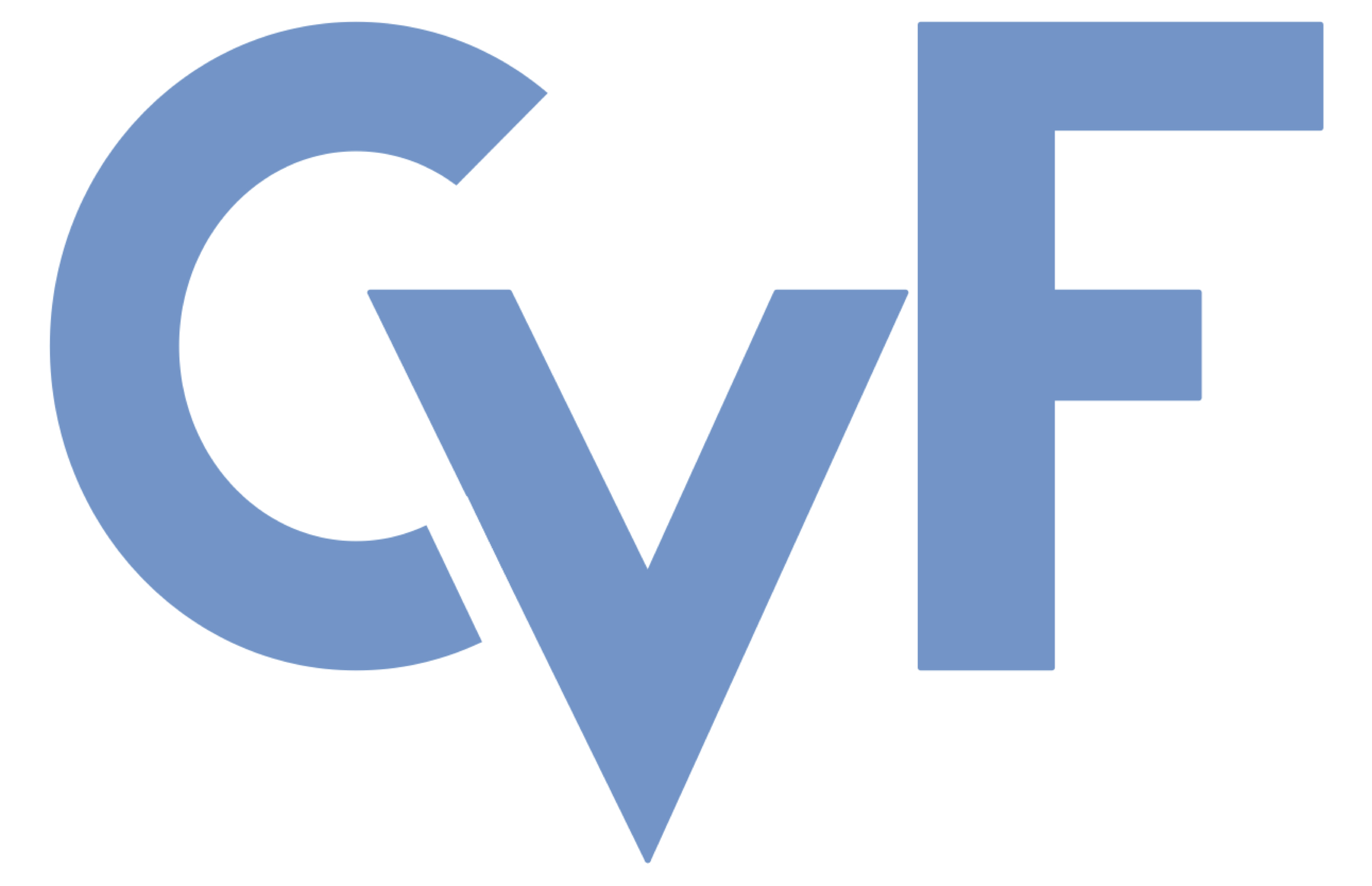-
[pdf]
[bibtex]@InProceedings{Li_2025_CVPR, author = {Li, Yuxin and Zhu, Zihao and Zhang, Yuxiang and Chen, Yifan and Yu, Zhibin}, title = {Boost the Inference with Co-training: A Depth-guided Mutual Learning Framework for Semi-supervised Medical Polyp Segmentation}, booktitle = {Proceedings of the IEEE/CVF Conference on Computer Vision and Pattern Recognition (CVPR)}, month = {June}, year = {2025}, pages = {10394-10403} }
Boost the Inference with Co-training: A Depth-guided Mutual Learning Framework for Semi-supervised Medical Polyp Segmentation
Abstract
Semi-supervised polyp segmentation has made significant progress in recent years as a potential solution for computer-assisted treatment. Since depth images can provide extra information other than RGB images to help segment these problematic areas, depth-assisted polyp segmentation has gained much attention. However, the utilization of depth information is still worth studying. The existing RGB-D segmentation methods rely on depth data in the inference stage, limiting their clinical applications. To tackle this problem, we propose a semi-supervised polyp segmentation framework based on the mean teacher architecture. We establish an auxiliary student network with depth images as input in the training stage, and we propose a depth-guided cross-modal mutual learning strategy to promote the learning of complementary information between different student networks. Meanwhile, we use the high-confidence pseudo-labels generated by the auxiliary student network to guide the learning progress of the main student network from different perspectives. Our model does not need depth data in the inference phase. In addition, we introduce a depth-guided patch augmentation method to improve the model's learning performance in difficult regions of unlabeled polyp images. Experimental results show that our method achieves state-of-the-art performance under different label conditions on five polyp datasets. The code is available at https://github.com/pingchuan/RD-Net.
Related Material





